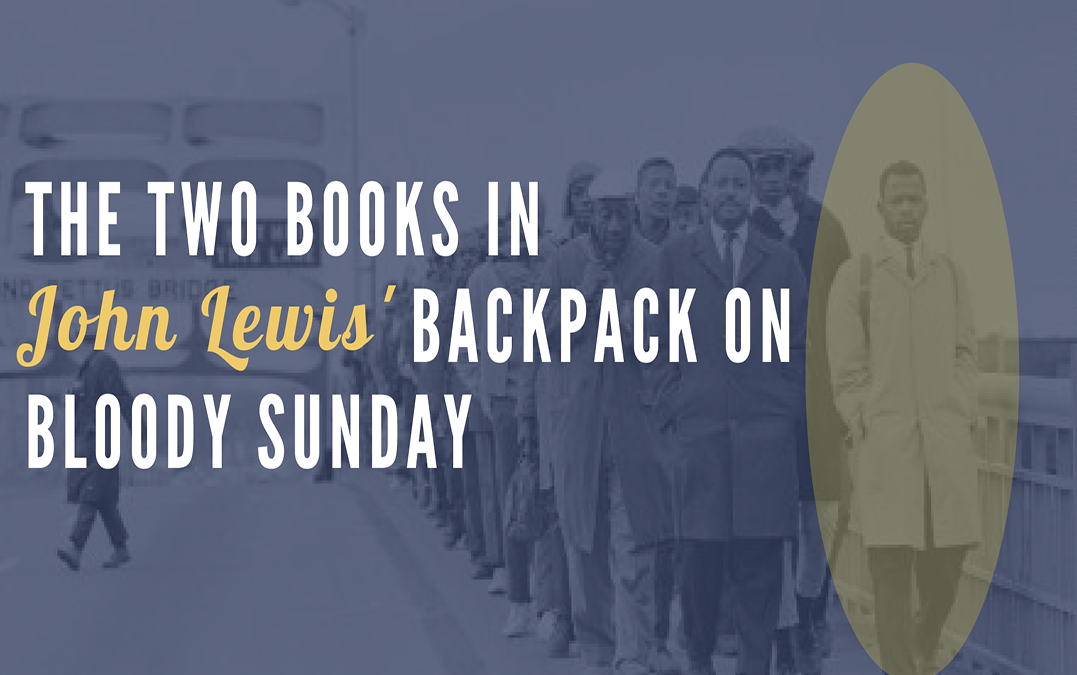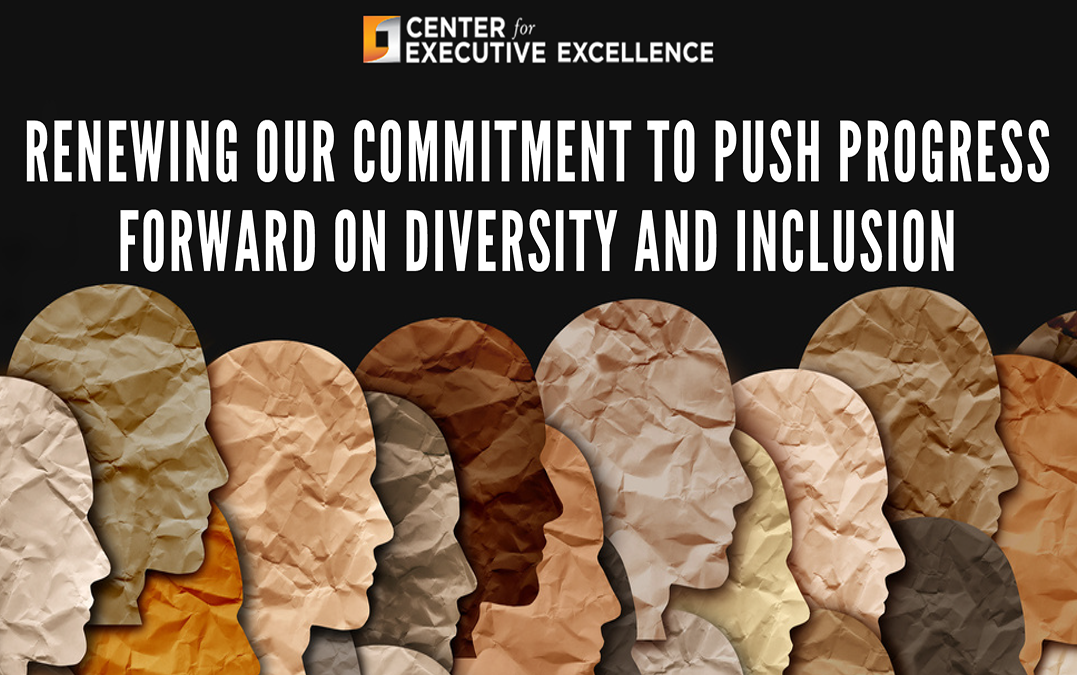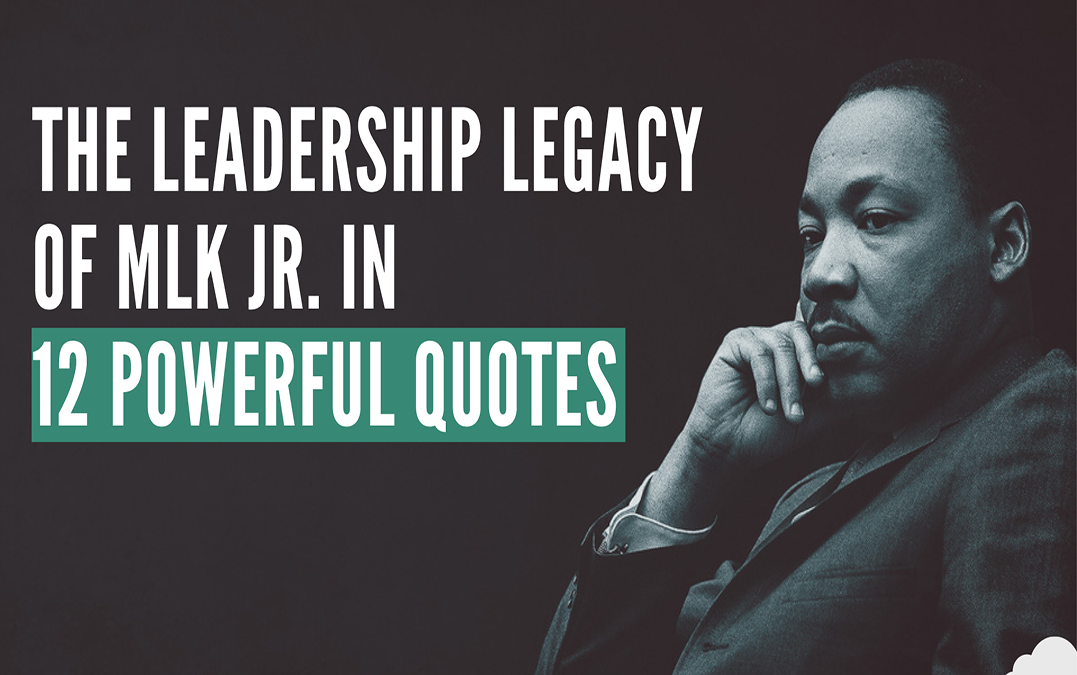
Diversity, Equity, Inclusion, Leadership
On Bloody Sunday, John Lewis wore a backpack. In it, he carried fruit, a toothbrush, and two books. Lewis had expected to spend the night reading in jail. Instead, he spent it in the hospital after his skull was fractured from a police beating. He would carry the scars from that beating at age 25 for the rest of his life. He’d also carry out the rest of his life guided by the principles in the two books in his backpack that Sunday, March 7, 1965.
One book was The American Political Tradition, a reappraisal of this history of the United States written by Richard Hofstadter in 1948. The other book, also first published in 1948, was The Seven Storey Mountain, the autobiography of Catholic monk Thomas Merton and his journey to a life in Christ. It was Christ’s instruction to love thy neighbor that drew Lewis to Martin Luther King’s nonviolent message which they used to speak up against racial injustice in America.
How does a young man find the courage to sit before open hatred at lunch counters and face police lines protected only by an ideal? In a word – love. The monk, Thomas Merton wrote,
Our job is to love others without stopping to inquire whether or not they are worthy. That is not our business and, in fact, it is nobody’s business. What we are asked to do is to love, and this love itself will render both ourselves and our neighbors worthy.
John Lewis left a legacy of love. Not a pollyannaish love, but a durable, tempered conviction that a belief in common humanity and the pursuit of equality will win in the end. “If we get it right here, in America, maybe, just maybe we can be the model for the rest of the world,” Lewis often said.
It’s hard not to judge others in America’s recent history triple underscored by racial, social, and political division. But doing so is what makes love so powerful. Its value increased every time leaders like John Lewis endured physical blows and sacrifice in the name of equality. Lewis believed that America was worth the pain and sacrifice.
Lewis’ love filled him with irrepressible happiness despite all that he’d been through. His life is a monument to love. Now that his journey is over, his life is testimony to the power of love that speaks to us all. The political book in that backpack starts with a quote from the writer John Dos Passos:
In times of change and danger when there is a quicksand of fear under man’s reasoning, a sense of continuity with generations gone before can stretch like a lifeline across the scary present.
John Robert Lewis was that lifeline. His body was put to rest, but his legacy of showing up, speaking out, and moving forward until, as Lewis said, “the revolution of 1776 is complete,” must carry on.
“If not us, then who? If not now, then when?” – John Lewis
Question: How can you use your platform to complete the revolution of 1776?
Driven by the premise that excellence is the result of aligning people, purpose and performance, Center for Executive Excellence facilitates training in leading self, leading teams and leading organizations. To learn more, subscribe to receive CEE News!

Diversity, Equity, Inclusion
At Center for Executive Excellence, our mission is to take you from what is to what is possible. Whether we’re helping leaders implement culture transformation, helping teams build trust, or coaching individual executives to accelerate professional growth, our goal is to offer our expertise to effect positive change. That’s our wheelhouse. That’s our safe space.
Last year, we stepped out of our safe space because the collective what is (if you will) was broken. To move from what is to what is possible, we must stand up for one another as members of the human race.
We must stop ignoring the fact that the human race has devolved into a competition for domination. We can no longer see something like the senseless killing of George Floyd, offer thoughts and prayers to the family, and retreat to our circle of safety.
We’ve written about the neuroscience of bias, we discuss bias in the workplace at our leadership conferences, and we share resources to invite our followers to build their bias awareness library. But we must do more.
And so, we committed to continuing to educate ourselves about the disproportionate socio-economic harm imposed on members of the human race who are disadvantaged. We committed to using our platform to push progress forward on inclusion and diversity. And we committed to partner with organizations to move from protest to policy to redress these injustices.
Last week, we held our second in a series of free panel discussions on diversity, equity, and inclusion (DEI). The panel was moderated by Arthur Benjamin and included CEOs from diverse industries who discussed how they are ensuring that DEI is not relegated to a committee or a hear-today-gone-tomorrow task force.
If you were unable to join us, you can watch the replay of the panel discussion here. Registration is open for our next DEI panel discussion – DEI in Action – which will kick off our Re:Imagine Leadership Summit on April 28, 2021.
We hope that you, too, will remain committed to continuing to take part in these critical discussions this year and help us move from protest to policy.
Question: What are some steps you plan to take in 2021 to push progress forward on diversity and inclusion?

Leadership
How did your leadership team handle 2020? Did they cope with the COVID-19 crisis with agility? Did they prioritize your organization’s diversity, equity, and inclusion strategy? Were they empathetic with the WFH challenges faced by their team members? Since 2006, TED has provided accessible content on topics that can help leaders address current challenges. Here are six TED Talks and interviews from 2020 worth sharing and discussing with your leadership team this year.
1. How symbols and brands shape our humanity byDebbie Millman
Here’s an excerpt: The discipline of branding has transformed more in the last 10 years than it has in the last 10,000. For the first time in modern history, the most popular, influential brands are not brands being pushed down by the corporation. They are brands being pushed up by the people, for the people, for the sole purpose of changing the world and making it a better place. Our greatest innovations aren’t brands providing a different form or a different flavor of our favorite snack. Our greatest innovations are the creation of brands that can make a difference in our lives and reflect the kind of world that we want to live in.
2. It’s OK to feel overwhelmed. Here’s what to do next by Elizabeth Gilbert
Here’s an excerpt: I think sometimes our emotions about our emotions become a bigger problem, so if you’re feeling frightened and anxious, and then you’re layering shame on top of that because you feel like you should be handling it better, or you should be doing your isolation better, or you should be creating more while you’re alone, or you should be serving the world in some better way, now you’ve just multiplied the suffering, right? So I think that the antidote for that, first of all, is just a really warm, loving dose of compassion and mercy towards yourself, because if you’re in anxiety, you’re a person who is suffering right now, and that deserves a show of mercy.
3. How to foster true diversity and inclusion at work (and in your community) by Rosalind G. Brewer
What it’s about: I think we have spent more time trying to reach numbers than we have changing our environment. People want to feel safe, feel they can come to work and be their whole be their whole self, and give it everything they’ve got. They want their differences to be recognized and appreciated for the value that they can add to the conversation and, ultimately, the bottom line. So I think there’s so much opportunity in the inclusion space, because we focus too much on meeting metrics.
4. To save the climate, we have to reimagine capitalism by Rebecca Henderson
What it’s about: “Business is screwed if we don’t fix climate change,” says economist Rebecca Henderson. In this bold talk, Henderson describes how unchecked capitalism destabilizes the environment and harms human health — and makes the case for companies to step up and help fix the climate crisis they’re causing. Hear what a reimagined capitalism, in which companies pay for the climate damage they cause, could look like.
5. How reverse mentorship can create better leaders by Patrice Gordon
What it’s about: Employee diversity and inclusive leadership are goals for most organizations today, but how do we get there? Try a “reverse mentorship” program, which sets up junior team members to guide senior staff. Here are 6 tips to make reverse mentorship work, from executive coach and personal development advocate Patrice Gordon.
6. Why rumors about vaccines spread and how to rebuild trust by Heidi Larson
What it’s about: Anthropologist Heidi Larson explores how medical rumors originate, spread and fuel resistance to vaccines worldwide. While vaccines cannot escape the “political and social turbulence” that surrounds them, she says, the first step to stopping the spread of disease is to talk to people, listen and build trust.
Bottom line. To lead effectively today, you need to constantly test your assumptions and recalibrate outdated thinking. Help your leadership team build a library of resources that challenge perceptions and build new leadership models to meet the challenges of the 21st century.
Question: What resources do you use to stimulate new ideas with your leadership team?
Driven by the premise that excellence is the result of aligning people, purpose and performance, Center for Executive Excellence facilitates training in leading self, leading teams and leading organizations. To learn more, subscribe to receive CEE News!

Diversity, Equity, Inclusion
Last week, Martin Luther King, Jr. would have turned 92. While it is customary to look to our elders for sage advice, King knew that he was walking a path of imminent danger, but that his words could not be silenced by a bullet. Before his assassination at age 39, King reached deep within himself to find messages that would ring as clear and true today as they did during the turbulent times in which he was called to lead.
Here are 12 quotes from 1960 (at age 31) to 1969 (the night before he was killed eight years later) that are part of Dr. King’s enduring legacy.
1. In the final analysis, the question will be, “What did you do for others?”
(Three Dimensions of a Complete Life, Sermon delivered in Pasadena, CA, February 28, 1960.)
2. I am convinced that men hate each other because they fear each other. They fear each other because they don’t know each other, and they don’t know each other because they don’t communicate with each other, and they don’t communicate with each other because they are separated from each other.
(Lecture given at Cornell College, Mount Vernon, Iowa, October 15, 1962.)
3. History has proven that social systems have a great last-minute breathing power, and the guardians of the status quo are always on hand with their oxygen tents to keep the old order alive.
(Ibid.)
4. We often end up with the high blood pressure of creeds and an anemia of deeds.
(Ibid.)
5. There comes a time when the cup of endurance runs over and men are no longer willing to be plunged into an abyss of injustice where they experience the bleakness of corroding despair.
(Letter from a Birmingham Jail, written while in solitary confinement after being arrested on charges of violating Alabama’s law against mass public demonstrations, April 16, 1963.)
6. Even though we face the difficulties of today and tomorrow, I still have a dream. It is a dream deeply rooted in the American dream.
(I Have A Dream, Address given at the March on Washington, August 28, 1963.)
7. I refuse to accept despair as the final response to the ambiguities of history.
(Nobel Peace Prize Acceptance Speech in Oslo, Norway, December 11, 1964.)
8. We must learn to live together as brothers — or perish together as fools.
(Remaining Awake Through a Great Revolution, Commencement Address for Oberlin College, June 1965.)
9. A genuine leader is not a searcher for consensus, but a molder of consensus.
(Domestic Impact of the War, Speech before National Labor Leadership Assembly for Peace, November 1967.)
10. I have decided to stick to love…Hate is too great a burden to bear.
(Where Do We Go From Here?, Address delivered at the 11th Annual SCLC Convention, August 1967.)
11. Everybody can be great because everybody can serve.
(The Drum Major Instinct, Sermon given at Ebenezer Baptist Church, February 4, 1968, two months before his assassination.)
12. Either we go up together, or we go down together.
(I’ve Been to the Mountaintop, Speech given at the Mason Temple, Memphis, TN, April 3, 1968, the night before his death.)
The last words of King’s speech at the Mason Temple were borrowed from The Battle Hymn of the Republic, “Mine eyes have seen the glory of the coming of the Lord.” At his funeral, his wife, Coretta, completed the stanza that King had been too overcome by emotion to add, “His truth is marching on.”
Question: Which of these quotes from Martin Luther King, Jr. do you find most compelling today?
Driven by the premise that excellence is the result of aligning people, purpose and performance, Center for Executive Excellence facilitates training in leading self, leading teams and leading organizations. To learn more, subscribe to receive CEE News!

Leadership
Early last year, a colleague sent me an article from the Harvard Business Review entitled, That Discomfort You’re Feeling is Grief. The article was published on March 23, 2020. That was just 5 days after Governor Gavin Newsom issued America’s first mandatory order for Californians to shelter in place due to the growing COVID-19 pandemic that had claimed just under 10,000 lives in the U.S.
Two months after the article was published, George Floyd was murdered on the streets of Minneapolis sparking protests and violent clashes between demonstrators and law enforcement troops around the world. Four months after the article was published, towering civil rights era leader, John Lewis, lost his battle with pancreatic cancer, followed the next month by the shocking announcement of Chadwick Boseman’s death from colon cancer, followed weeks later by the loss of beloved Supreme Court Justice Ruth Bader Ginsburg.
The collective grief in the air in March of 2020 was from the loss of normalcy, the fear of economic toll, the loss of connection, and uncertainty about the future. Little did we realize that the grief we were experiencing in March was like the vacuum effect on the shore that precedes a tsunami. We rushed to witness it in person not realizing that it was a prelude to a massive wave train that would chase us relentlessly through the remainder of 2020.
It is now January 2021, and I’m cautiously optimistic that the year will be marked less by shock and awe and more by steady advances in reclaiming normalcy. Instead of jumping headlong into resolutions and vision boards, I’ve been talking to my team about the need to address the collective duress that 2020 put us through. Whether you were a school principal who fought off threats from parents on both sides of the “to open, or not to open” debate, a manager who lost a team member in 2020, or a working parent cum distance learning aide, this is the perfect time to name and claim that 2020 was a sh*tstorm.
Boxing up our cumulative grief would be unhealthy. So, we’re building time in our January Re:Imagine Leadership Summit to name and claim what we grieved in 2020 and to own what we’ve signed up for 2021 without knowing the terms and conditions. I’ll be detailing the agenda for the January Summit in a LinkedIn post next week. Until then, give yourself permission to acknowledge what you’ve been through before plowing headlong into the unknown of 2021.
Question: How do you plan to reclaim some normalcy in 2021?
Driven by the premise that excellence is the result of aligning people, purpose and performance, Center for Executive Excellence facilitates training in leading self, leading teams and leading organizations. To learn more, subscribe to receive CEE News!











